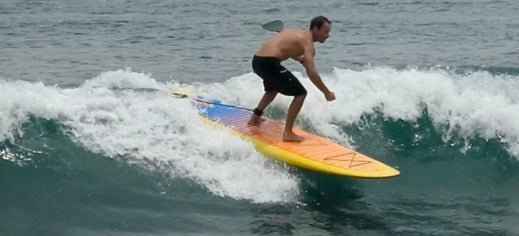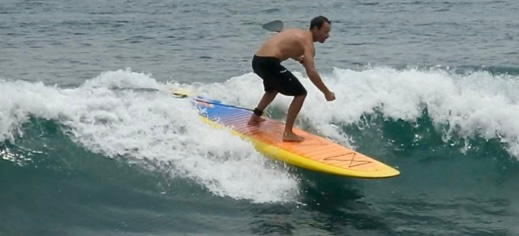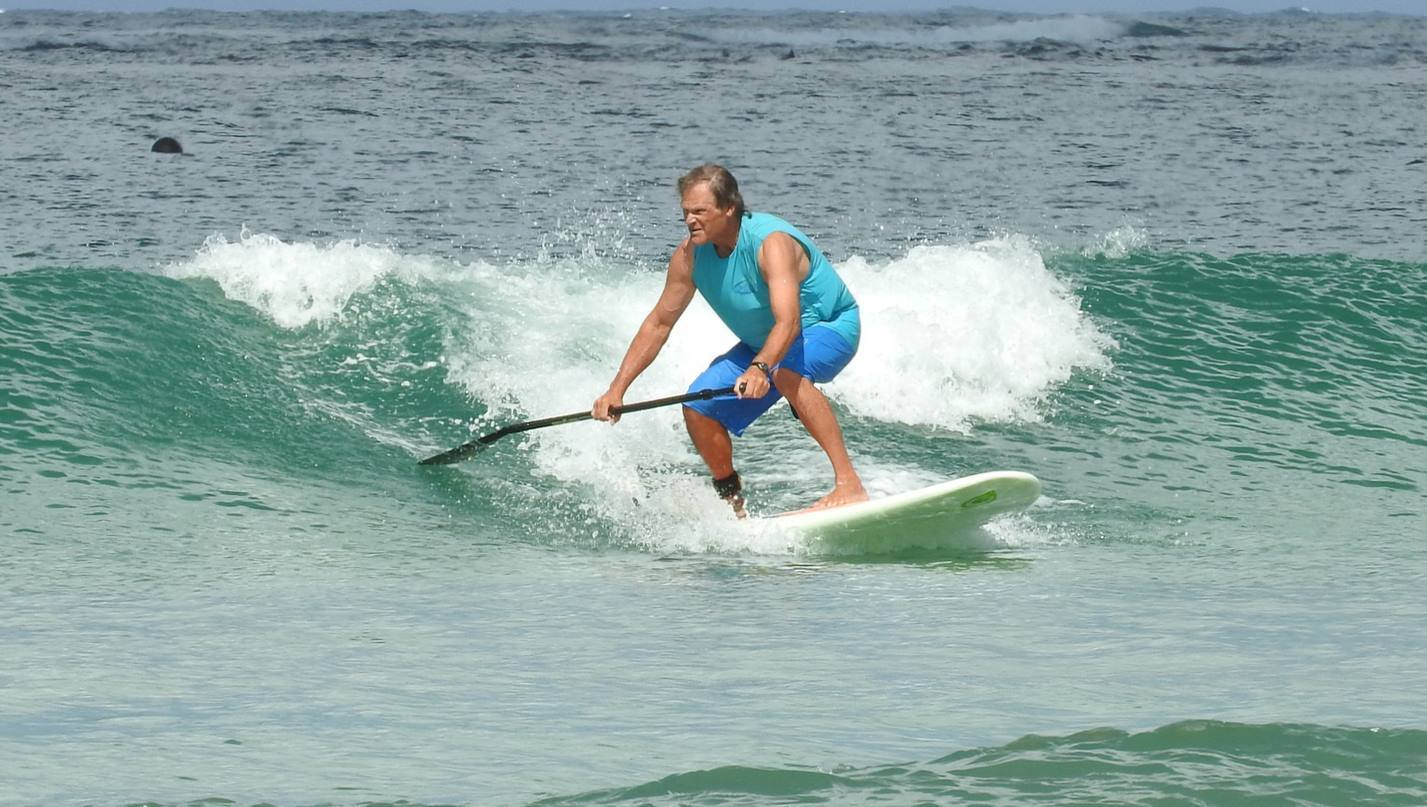
Harnessing the Power of the Ocean: Exploring Wave Catching Techniques on Paddle Boards
A stand up paddle board lets you use the power of the ocean for great fun.
Introduction
In the realm of water sports, stand up paddle boarding (SUP) claims a special spot, merging tradition with modern thrill. Originating from the serene shores of Hawaii, paddleboarding has woven its way through history to emerge as a global phenomenon. This evolution from a humble mode of transportation to a celebrated sport speaks volumes of its universal appeal. Glide SUP stands at the forefront of this movement, crafting boards that embody the spirit of adventure and innovation.

The Art of Wave Catching with Paddle Boards
Paddle boarding offers a unique blend of excitement and tranquility, especially when it comes to conquering waves. All around paddle boards whether inflatable or solid, are designed for the ultimate wave-riding experience. However, mastering the waves requires more than just enthusiasm. It's about understanding the ocean's rhythm, honing your skills, and adapting to ever-changing conditions.
Ocean Mastery Begins Here
To excel in paddle boarding, one must first become a student of the sea. Knowledge of wave patterns, tide schedules, and wind impacts is crucial. Glide SUP boards offer the stability and performance you need to navigate these conditions, making every wave a new opportunity for adventure.
Techniques for the Perfect Wave
Find paddle boards that are engineered for peak performance, whether you're navigating the gentle swells of a lake or the challenging breaks of the ocean. Positioning, timing, and balance are key. As you match the wave's speed and find your balance, you'll experience the exhilaration of seamlessly riding towards the shore. Our boards, known for their durability and agility, make every ride a testament to the joy of paddle boarding.
Elevate Your SUP Surfing Skills
As your journey with paddle boarding evolves, you'll explore advanced maneuvers like the bottom turn and cutback, essential for navigating the wave's face and extending your ride. These techniques, combined with our boards' precision and control, allow for a surfing experience that's both thrilling and rewarding.
Safety and Respect: SUP Ethos

We believe in the joy of paddle boarding alongside the importance of safety and respect for the ocean and fellow enthusiasts. Our community values ensure a harmonious relationship with nature and each other, making paddleboarding an inclusive experience for all.
More Than a Sport: A Paddle Boarding Lifestyle
Paddleboarding is more than a hobby; it's a gateway to improved physical and mental well-being. The benefits of paddleboarding are vast, from cardiovascular health to core strength. Embark on a journey that enriches your life beyond the water.
Downwinding and SUP Surfing: The Ultimate Adventure
Experience the freedom of downwinding, where the wind propels you across the water, or the thrill of SUP surfing, a test of skill against the ocean's might. Glide SUP boards are versatile companions for these adventures, offering unmatched performance whether you're gliding on an inflatable or carving waves on a solid board.
Choosing Your Perfect Paddle Board
Selecting the right board is crucial for your paddle boarding experience. Considerations such as board size, shape, and volume are vital. With Glide SUP, you'll find a board that not only meets your surfing needs but also elevates your experience on the water.
Exploring Waters Far and Wide
The beauty of paddleboarding extends beyond the ocean to the tranquil waters of lakes. Each environment offers a unique perspective on paddleboarding, enriching your connection with nature.
Conclusion: Embracing Paddle Board Lifestyle

Paddle boarding is an invitation to a lifestyle that deepens your bond with the natural world. It's about more than just mastering waves; it's about becoming part of a community that values adventure, respect, and the endless pursuit of discovery. Join us on this journey and transform your summers into seasons of unforgettable paddle boarding adventures.


